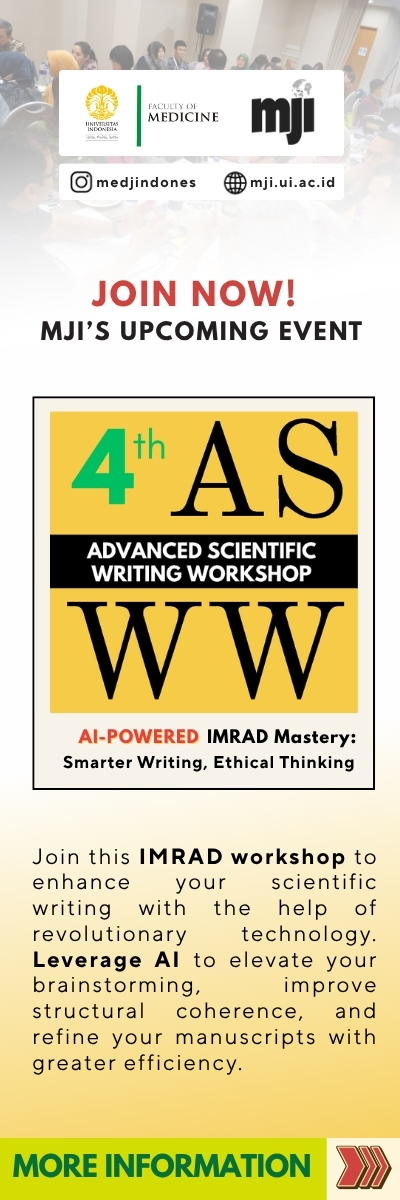A risk prediction model of the incidence of occupational low back pain among mining workers
DOI:
https://doi.org/10.13181/mji.v20i3.455Keywords:
Ergonomy, low back pain, prediction model, work-induced LBPAbstract
Background: Low Back Pain (LBP) is the most frequently reported musculoskeletal disorder in workers. This study was aimed to develop risk prediction model of low back pain that can be used to prevent the recurring low back pain attack.
Methods: The study was case-control design based on the industrial community by using ergonomical approach. Total samples were 91 workers for cases and 91 workers for controls. Workers suffering for low back pain in the last 6 months served as cases, and those from the same age group and receiving the same amount of exposure without any symptoms of low back pain served as controls. Risk factors include socio-demographic factors, socio-ocupational factors, physical working environmental factors, non-physical environmental factors, and biomechanics factors. Receiver Operating Characreistics (ROC) was used to describe relationship between true positive value (in vertical axis) and false positive value (in horizontal axis) in order to discover a risk predictive value of LBP.
Results: The determinant risk factors for low back pain (LBP) were bending work postures, waist rotation movement, manual lifting, unnatural work postures, those who had worked for more than 18 years, and irregular sport activities. By using ROC with 91.20% senstivity and 87.90% spesifi city, the calculated prediction value was 0.35. This is the cut-off point to discriminate workers with and without LBP. The risk predictors value of work-induced LBP calculated by linear equation of logistic regression varied between 0-11.25.
Conclusion: The prediction model of work-induced LBP can be used for early detection of LBP to reduce the risk and prevent the recurrence of LBP. (Med J Indones. 2011; 20:212-6)
Downloads
Downloads
Published
How to Cite
Issue
Section
License
Authors who publish with Medical Journal of Indonesia agree to the following terms:
- Authors retain copyright and grant Medical Journal of Indonesia right of first publication with the work simultaneously licensed under a Creative Commons Attribution-NonCommercial License that allows others to remix, adapt, build upon the work non-commercially with an acknowledgment of the work’s authorship and initial publication in Medical Journal of Indonesia.
- Authors are permitted to copy and redistribute the journal's published version of the work non-commercially (e.g., post it to an institutional repository or publish it in a book), with an acknowledgment of its initial publication in Medical Journal of Indonesia.





































